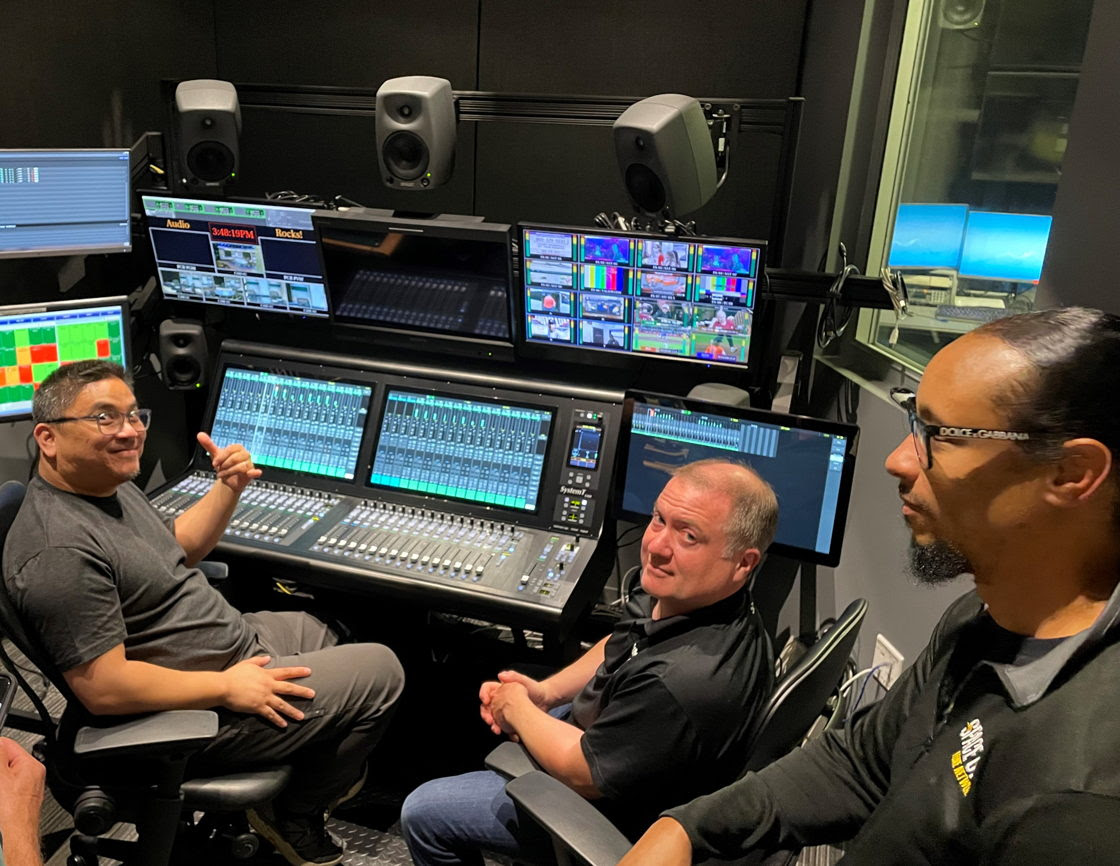Lawo gear powers Rensselaer Polytechnic Institute new media center
With a history of leadership in technology-based education, Rensselaer Polytechnic Institute (RPI) in Troy, NY, embarked on creating the Experimental Media and Performing Arts Center (EMPAC). Billed as “an unprecedented platform for exploration where the physical and virtual intersect,” EMPAC is a cutting-edge facility with a mission to create new and unique opportunities for artists, scientists and students, both for creative exploration and research in virtualization and large-scale interactive simulations. The RPI EMPAC project represents the first installation of Lawo’s new mc²56 consoles in the United States and the country’s first complete Lawo Virtual Studio Manager (VSM) implementation covering both video and audio.
According to facility director Johannes Goebel, “We recognized the need for highly sophisticated audio/video networking and management capabilities. With audio being such an integral part of the overall picture, we also wanted superior mixing and audio processing facilities. All of this led us to Lawo and their recognized leadership in these areas.”
EMPAC’s A/V infrastructure is designed around a Lawo Nova 73HD router, two Lawo mc²56 digital production consoles, and a VSM (Virtual Studio Manager) management system. Twelve DALLIS frames handle I/O and are tied to a series of moveable stage boxes located throughout the facility. The two mc²56 consoles, each with its own Lawo plug-in server for digital signal processing, are networked with the router and can share the various inputs and outputs. To accommodate a wide variety of productions, exhibitions, workshops and other events, the consoles can be moved throughout the complex as required. Microphone and other inputs are accessed via the stage boxes, while outputs for recorders, sound reinforcement systems and other equipment are handled through the router.
EMPAC’s audiovisual facilities will be controlled by Lawo’s VSM control software. The system will be comprised of 14 virtual displays and will encompass all audio routing, both mc²56 consoles and the interface for the facility’s HD video production equipment, including video source selection, as well as control of both the video router and switcher.
Facilities include a 1200-seat concert hall; a 400-seat theater with fly tower and computer-controlled rigging; two black-box studios; a 1500sq-ft rehearsal studio; and four artist-in-residence studios, designed by the British architectural firm Grimshaw. All venues are designed to a maximum noise level of 15dB under full video and theatrical lighting conditions and are structurally isolated from each other.
EMPAC’s grand opening is scheduled for Oct. 3-19. According to Goebel, “It will supply links between science and engineering research on one side and the sensory impact of art on the other. Everyone involved in this endeavor is genuinely excited about the prospects this new facility means for generations of students, artists, researchers and scientists.”
For more information, visit www.empac.rpi.edu and www.lawo.ca.
The professional video industry's #1 source for news, trends and product and tech information. Sign up below.
